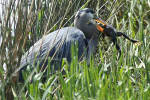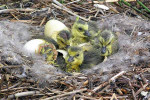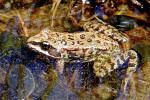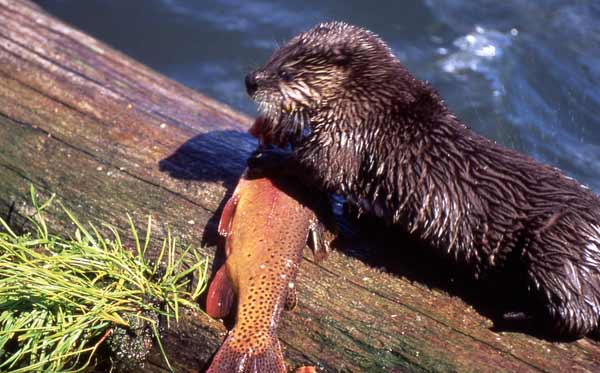The Riparian Zone: Nature's Living Corridor
A Ribbon of Green: Where Land and Water Meet
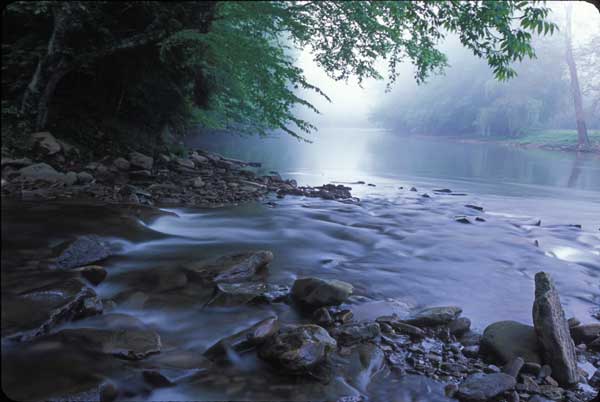
Image courtesy U.S. Fish & Wildlife Service
Spread out a picnic, listen for a loon, launch a kayak . . . enjoy a magical place where plant and wildlife communities thrive. The shorelines of our bays, streams, lakes, and other bodies of water are an integral part of human experience—they also play a critical role in supporting the health of surrounding ecosystems.
This intersection of land and water is called the riparian zone. It includes all the soil, native vegetation, and life forms adjacent to the water, and it serves as a valuable transition between aquatic and upland habitats.
A place where wildlife thrives
Photos: U. S. Fish & Wildlife ServiceHealthy riparian areas:
- Stabilize stream banks and reduce erosion
- Catch and filter natural runoff, stormwater, and sediments
- Shelter birds, small animals, and insects
- Shade shoreline habitats for spawning fish
- Drop debris and organic matter—food and shelter for fish and other organisms
Challenges to the riparian zone
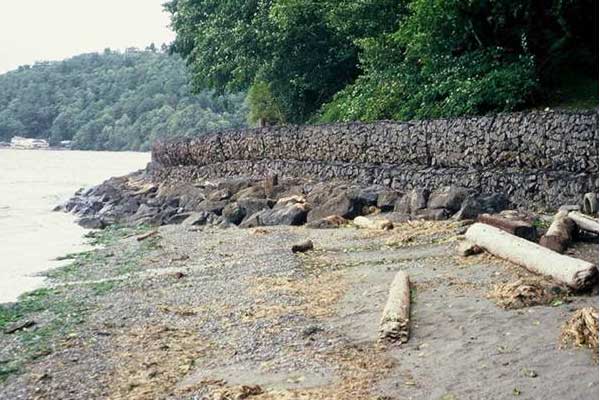
Image courtesy Hugh Shipman, Washington Dept. of Ecology
Many activities can affect vital ecological functions of the riparian zone. Natural challenges include landslides, flooding, erosion, and unstable soils. Riparian buffer zones reduce human impacts from development, logging, and grazing animals that destroy vegetation, compact soils, and pollute water.
Did you know?
Approximately 85% of terrestrial vertebrate species in Washington use riparian habitat for all or part of their life cycle. Since the arrival of immigrants in the early 1800s, 50% to 90% of riparian habitat in Washington has been either lost or extensively modified.
Washington State Stream Habitat Restoration Guidelines 2012


